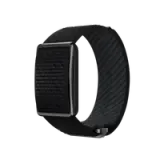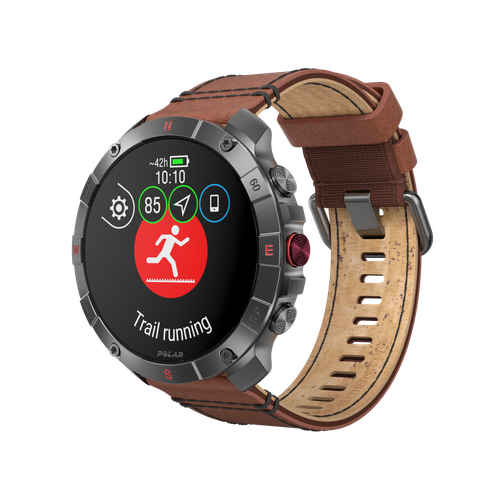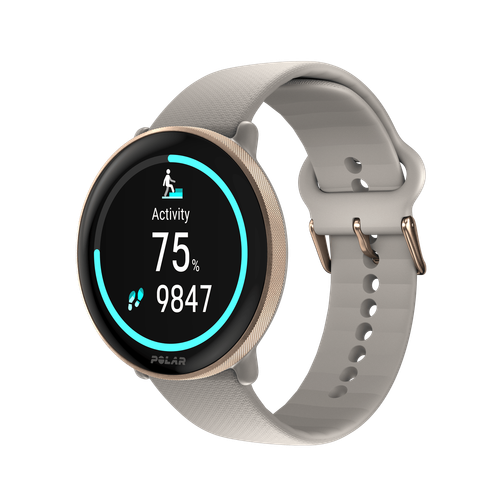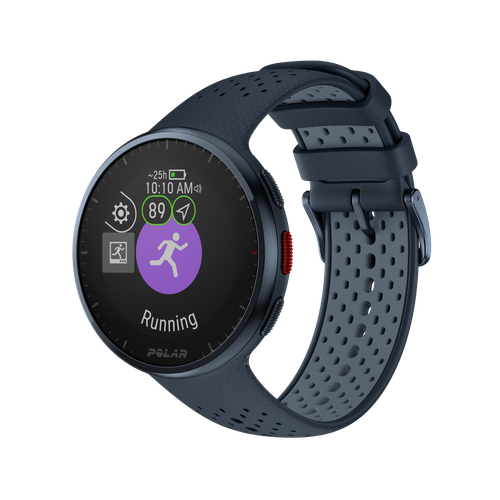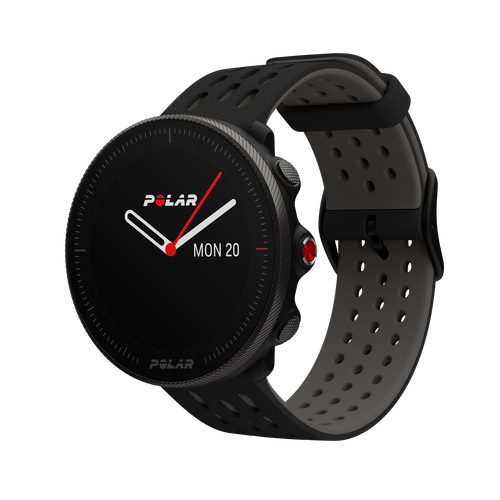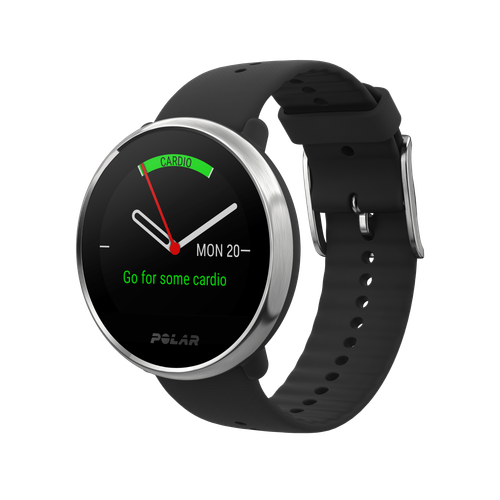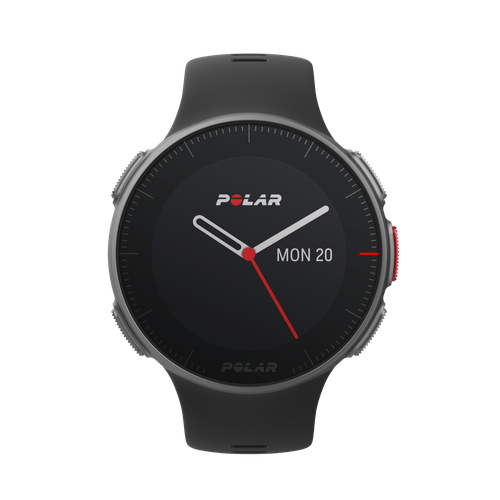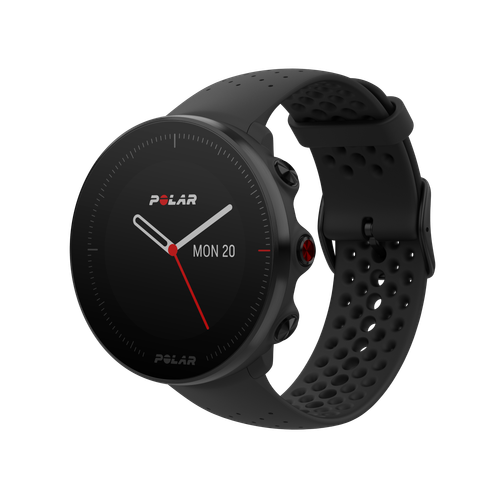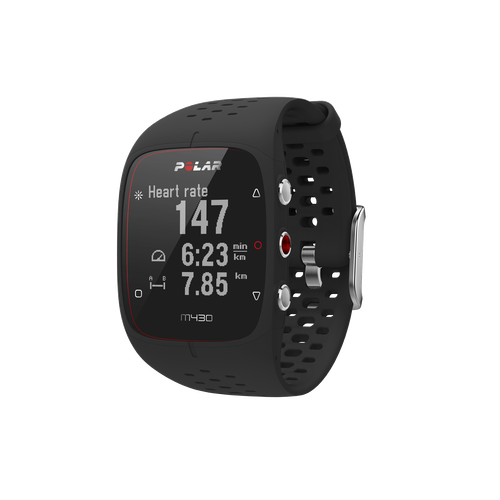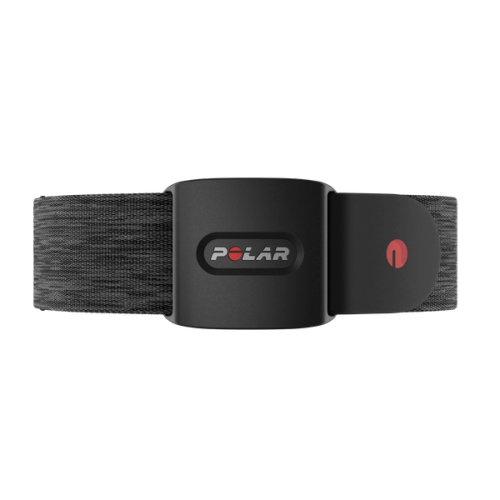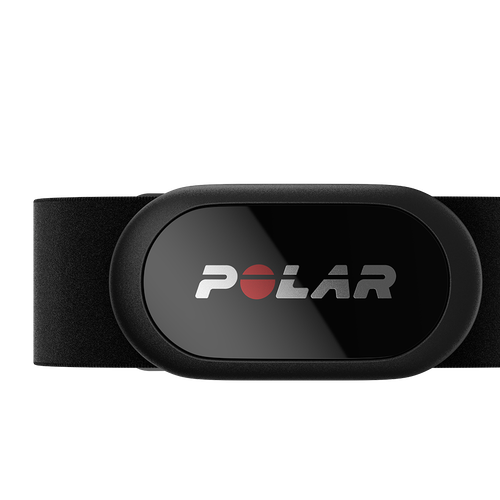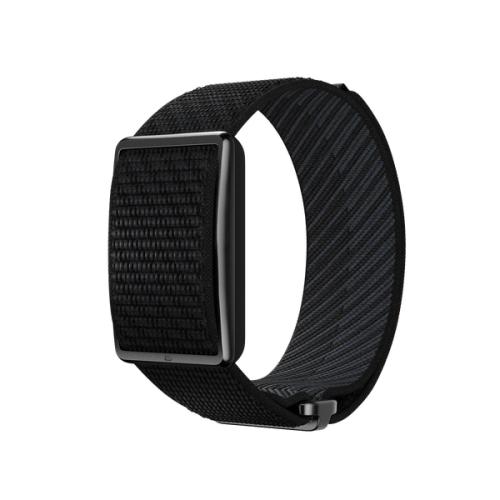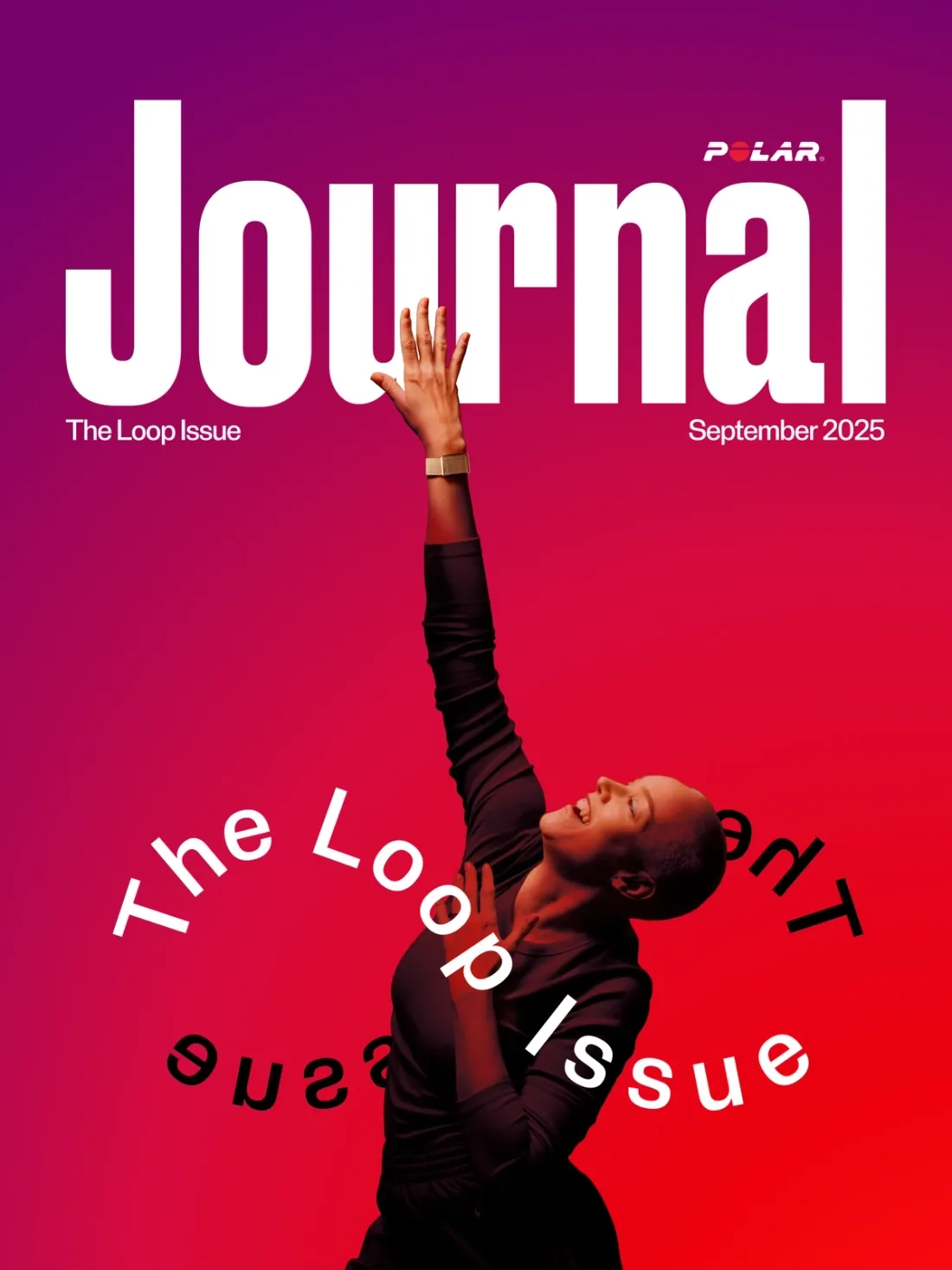Half marathons are perfect for runners who’ve conquered the 10K but aren’t quite ready to tackle the full marathon. In fact, if you’re dreaming of completing the legendary 42K race (and why not? You’re a runner, after all), mastering the half marathon distance is an essential milestone on your journey.
But don’t underestimate the half marathon—it’s a challenging distance that demands proper preparation. Running for nearly two hours or more requires commitment, consistency, and a willingness to put in the work. Fortunately, the following half marathon training plans will transform you from "Where's the finish line?" to "When's the next race?"
Time to lace up those shoes and join the half marathon club?
Discover Polar Journal
Polar Journal is a space for stories that inspire movement. Each edition blends practical training tips, sports science, and inspiring journeys from athletes and those who live and breathe an active life.
Read Polar Journal
Overview
Don’t make the rookie mistake of underestimating the leap from a 10K to a half marathon. It’s not just double the distance—it’s a whole new level of endurance. The half marathon demands respect and requires a solid base of fitness. Ideally, you should be comfortable running for at least an hour without difficulty before taking on this challenge.
We’ve created two half marathon training plans tailored to your experience and current mileage. If you’re preparing for your first half marathon or don't have much time for training, we recommend starting with the beginner-friendly plan.
Half Marathon Beginner Training Plan
Half Marathon Intermediate Training Plan
Your coach: Benita Willis
Benita Willis, world renowned runner, World Champion, four-time Olympian, is the head coach and owner of Lace Up Running. Benita is one of Australia’s greatest distance runners and has been a specialist running coach for over two decades. Lace Up Running is a fun, social fitness group developed and run by positive, inspiring people to enable you to get fit, feel happy, in an all-inclusive environment. Benita specializes in crafting running programs for beginner to advanced runners across 5-42K and beyond.
Glossary
If you’re planning to run a half marathon, you probably already know the basics of running terminology. However, here’s a quick refresher to help you navigate the training plan with ease.
Easy Run: A relaxed, conversational-pace run for aerobic development and recovery while maintaining mileage.
Fartlek: Swedish for "speed play," combining continuous running with bursts of faster effort to improve aerobic and anaerobic fitness.
Hill Training: Running uphill to build strength, power, and cardiovascular endurance, often done in repeats with recovery jogs downhill.
Interval Training: Alternating high-intensity running with recovery periods to boost speed and endurance, e.g., 400-meter sprints with 200-meter jogs.
Long Run: A slower-paced, extended run to build endurance, aerobic capacity, and mental toughness for distance running.
Recovery Run: A short, slow run after a hard effort to promote blood flow and muscle recovery without adding stress.
Speed Work: Workouts focused on improving running speed, including intervals, tempo runs, and strides to increase efficiency and fast-twitch muscle activation.
Strides: Short, near-max effort sprints (20–30 seconds) to improve form, turnover, and efficiency with minimal fatigue.
Tapering: Reducing training volume before a race to recover fully and peak on race day.
Tempo Run: A sustained, "comfortably hard" effort to improve the lactate threshold, making faster paces easier to maintain.
For more training tips and exclusive content, join the Polar newsletter
Subscribe
Pace chart
Typically, half marathoners have enough experience to understand their different paces and adjust their effort accordingly. If you’re still figuring this out, use this training plan to refine your pacing skills.
For racing a half marathon, most runners aim to maintain an intensity between 70-85% of their maximum effort. This typically translates to a pace that feels comfortably hard—challenging but sustainable for the duration of the race.
Pro tip: By doing the Polar Running Performance Test, you can estimate your unique training zones (heart rate, speed, and power zones). All you need to do is go for a progressive run for at least six minutes and reach at least 85% or your maximum heart rate.
Here’s a reference pace chart to guide you and help you make the most out of each session.
| Workout type | Heart Rate Zone | Target Pace (Times Slower/Faster) | Example Pace (Best 1k: 4:00) | Example Pace (Best 1k: 6:00 min/km) |
|---|
| Recovery runs | 50-60% of maximal HR | 1.30 - 1.40 times slower | 5:12 - 5:36 min/km | 7:48 - 8:24 min/km |
|---|
| Long runs | 60-70% of maximal HR | 1.20 - 1.30 times slower | 4:48 - 5:12 min/km | 7:12 - 7:48 min/km |
|---|
| Aerobic threshold (Tempo runs) | 65-75% of maximal HR | 1.05 - 1.10 times slower | 4:12 - 4:24 min/km | 6:18 - 6:36 min/km |
|---|
| Moderate Runs | 75-85% of maximal HR | 1.00 - 1.05 times slower | 4:00 - 4:12 min/km | 6:00 - 6:18 min/km |
|---|
| Long intervals (500-1200m) | 85-95% of maximal HR | 1.00 - 1.05 times faster | 3:48 - 4:00 min/km | 5:42 - 6:00 min/km |
|---|
| Short intervals (200m-400) | 90-100% of maximal HR | 1.05 - 1.10 times faster | 3:36 - 3:48 min/km | 5:24 - 5:42 min/km |
|---|
Playbook
Training for a 21K requires dedication and discipline. Remember the following golden rules for success.
- Warm up: Is a 5min walk/5min jog then some dynamic stretching (3-5min) then 2 x 80m strides (faster running in a straight line) at about 5km pace feel (walk back after each). Warm down: 5-10min walk.
- Cross training: All cross training is optional. It can be anything you enjoy including walking, riding, swimming, elliptical, strength training etc. It’s important to keep it easy as it is included to supplement your aerobic base conditioning while keeping impact to a minimum to prevent injuries.
- Stick to the plan: If you miss a training session, resist the temptation to cram it in or double up on your next workout. Trying to "make up" for lost training time can lead to burnout and increased injury risk. When you skip a session, simply pick up where the plan indicates and continue forward. If you miss several sessions, ease back into the plan.
- Prioritize rest: Recovery is training, too. Prioritize consistent sleep and listen to your body. If you're exhausted, skipping a workout isn't failure - it's smart training. Rest allows your body to repair, rebuild, and come back stronger.
- Training to heart rate: You will see in the program below, that the training sessions relate to Heart Rate Zones. Tracking your heart rate is the best way during a run (and for recovery) to ensure success, and that you are following the coach’s plan.
Personalize your training plan
With Polar Flow and your Polar watch, you’ll have access to a personal running plan tailored to your fitness level and goals. Simply select your race distance and event date—it’s that easy.
Designed around your fitness level, this adaptive plan evolves as you progress, guiding you through every run. Sync daily targets to your Polar watch and let it lead the way. With added strength, core, and mobility exercises, plus finish-time predictions, you’ll have everything you need to crush your goals.
More about Polar Running Program
undefined
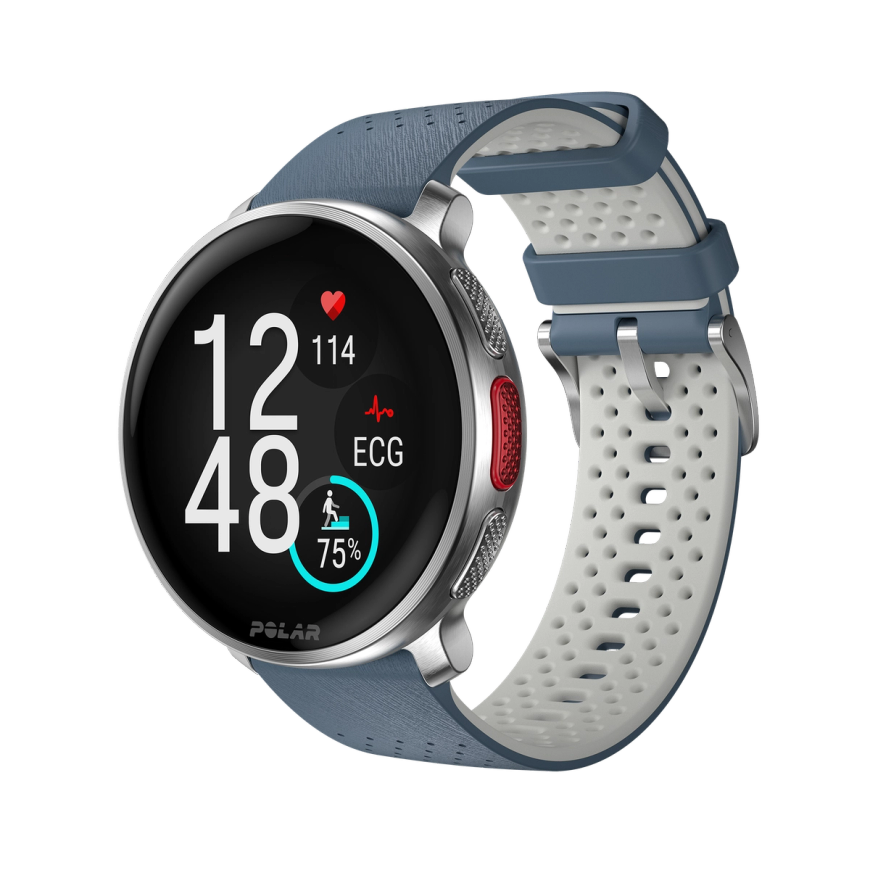
Polar Vantage V3
Premium Multisport Watch
An ensemble of biosensing instruments, AMOLED display, dual-frequency GPS, maps, and the most comprehensive suite of training and recovery tools on the market. The stage is set, and the Polar Vantage V3 smart sports watch is ready to put in the performance of a lifetime.

Polar Vantage M3
Smart Multi-Sport Watch
Polar Vantage M3 is a smart multi-sport watch for multi-sport athletes that’s compact yet powerful, stylish yet strong, and designed to bring extraordinary training, sleep and recovery tools into everyday life.
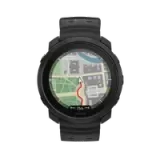 Polar Vantage M3
Polar Vantage M3
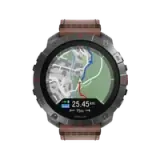 Polar Grit X2 Pro Titan
Polar Grit X2 Pro Titan
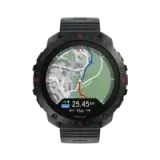 Polar Grit X2 Pro
Polar Grit X2 Pro
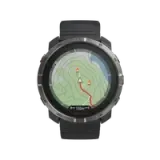 Polar Grit X2
New
Polar Grit X2
New
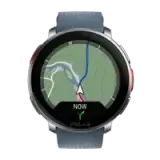 Polar Vantage V3
Polar Vantage V3
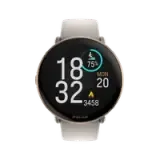 Polar Ignite 3
Polar Ignite 3
 Polar Ignite 3 Braided Yarn
Polar Ignite 3 Braided Yarn
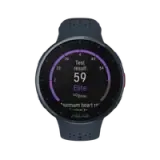 Polar Pacer Pro
Polar Pacer Pro
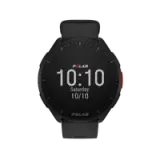 Polar Pacer
Polar Pacer
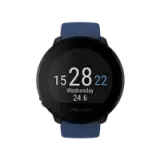 Polar Unite
Grit X Series
Vantage Series
Pacer Series
Ignite Series
Polar Unite
Grit X Series
Vantage Series
Pacer Series
Ignite Series
